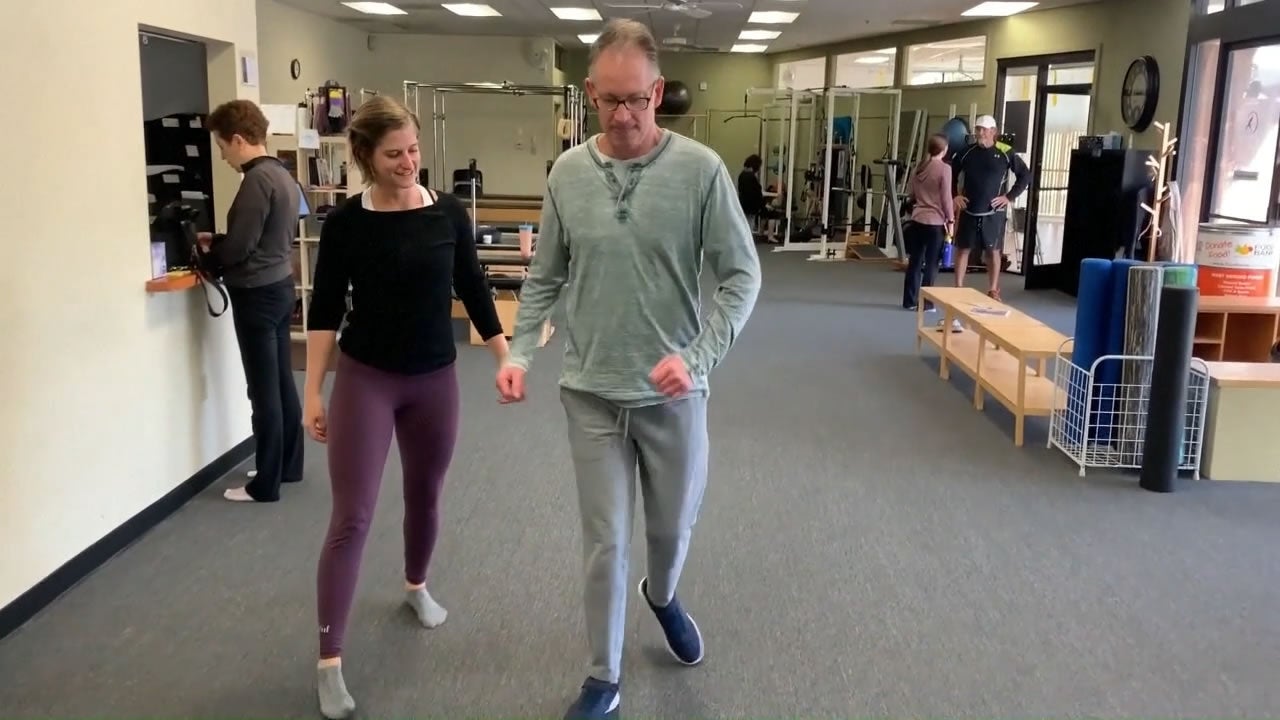Paralysed surfer says stem cell treatment using belly fat helped him to walk again
Chris Barr was ‘Patient No. 1’ in the new study showing promising results with experimental treatment

Your support helps us to tell the story
From reproductive rights to climate change to Big Tech, The Independent is on the ground when the story is developing. Whether it's investigating the financials of Elon Musk's pro-Trump PAC or producing our latest documentary, 'The A Word', which shines a light on the American women fighting for reproductive rights, we know how important it is to parse out the facts from the messaging.
At such a critical moment in US history, we need reporters on the ground. Your donation allows us to keep sending journalists to speak to both sides of the story.
The Independent is trusted by Americans across the entire political spectrum. And unlike many other quality news outlets, we choose not to lock Americans out of our reporting and analysis with paywalls. We believe quality journalism should be available to everyone, paid for by those who can afford it.
Your support makes all the difference.Seven years ago, a surfer went out to the beach like he often would, but after falling from a wave he was left paralysed and doctors told him it may well be permanent.
Now, however, Chris Barr is walking again and can feed himself, which he says is down to an experimental stem cell treatment.
The new therapy involves taking stem cells from fat in a patient’s stomach and injecting them into the spine, aiming to recover the function lost in a spinal cord injury.
"I never dreamed I would have a recovery like this," Mr Barr told ABC News. "I can feed myself. I can walk around. I can do day-to-day independent activities."

The 57-year-old’s recovery story forms part of research findings published earlier this week in Nature Communications, which claims that out of ten patients studied seven saw positive recovery from their injuries.
Dr Mohamad Bydon, the study’s author from Mayo Clinic, told The Independent that the hope is stem cell treatment can be used alongside other therapies.
“Take a look at cancer where, not that long ago, the treatments were not very sophisticated,” Dr. Bydon said. “Then we started to see surgery, surgery and radiation, surgery, and radiation chemotherapy, today we have surgery and radiation and chemotherapy and gene therapy.
“There’s a lot of cancers where the diagnosis would have been a fatal one a number of years ago where, today, people are living many years and in some cases even longer.”
Dr. Bydon’s study showed visible improvements based on the American Spinal Injury Association (ASIA) Impairment Scale, including increased sensations with pinprick and light testing, as well as increased muscle strength and voluntary bowel function.
The patients ranged from 18 to 65, all with spinal injuries either from the neck or back down.
Their stem cells were taken and then expanded in a lab over four weeks, before being injected back into their lumbar spine, before ten check-ins with doctors over two years.
For Mr Barr, who was “patient 1”, his course had been “remarkable”, the doctor said.
He was signed up for the study while on a ventilator following his accident, going from the hospital bed to needing a harness to being able to take some steps on his own.
“We waited, we didn’t intervene right away, as many studies in this space do,” the doctor added. “The earliest we treated anyone was seven months after their injury and the latest was 22 months.”
They did this to give spinal cord injuries time to improve if they are able to with current physical therapies.
"I’m just thrilled that there are people taking bold steps to try and do research to cure this," Barr told ABC News. "It’s been a wild ride and it’s not over yet."
No serious adverse effects were reported in this phase one study, but researchers pointed out the limited number of patients tested so far.
They also say that more work is needed to understand how stem cells operate.
“Patients are always looking for a cure,” Dr. Bydon said. “We’re not there today, but we have to continue this research in order to get there.
“This is a disease that’s been very, very stubborn over time. Textbooks from not that long ago, have comments in them like ‘this is not a disease worth treating, the patient will not get better, will not improve’, things like that.
“So it’s important to first challenge that and second offer scientific alternatives to that, that ultimately become medical treatments.”
A second phase of the study is now underway, the doctor told The Independent, while further phase ones will also take place as modifications are made to the treatment, with some years to go before the treatment can be widely adopted.
Join our commenting forum
Join thought-provoking conversations, follow other Independent readers and see their replies
Comments